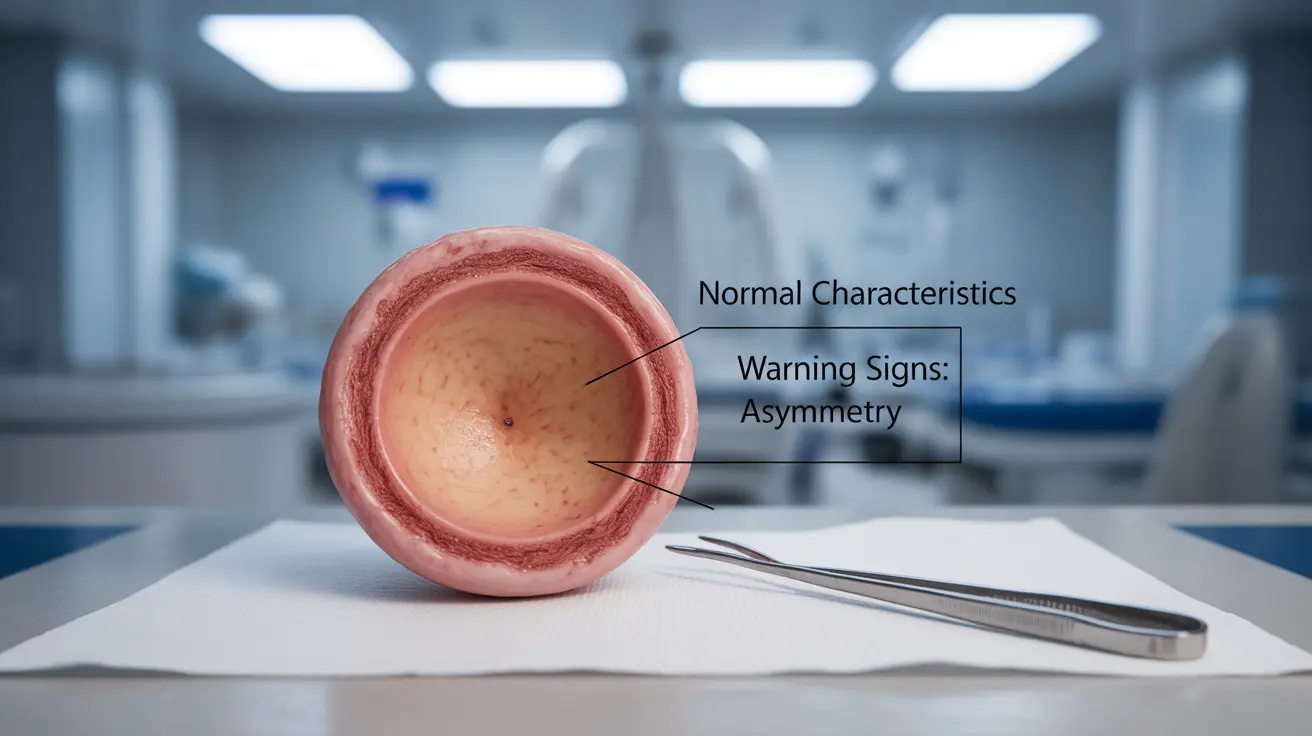Finding a mole in the vaginal or vulvar area can be concerning, but understanding what's normal and what requires medical attention is crucial for women's health. While most moles in this sensitive area are harmless, being aware of changes and potential warning signs can help detect serious conditions like vulvar melanoma early.
This comprehensive guide will help you understand what to look for, when to seek medical attention, and how healthcare providers evaluate and treat concerning moles in the vaginal region.
Understanding Moles in the Vaginal Area
Moles can appear anywhere on the body, including the genital region. These pigmented growths are usually harmless and can be present from birth or develop over time. However, their location in the vaginal area requires special attention to any changes that might occur.
Normal Characteristics of Vaginal Moles
Most vaginal and vulvar moles share these common features:
- Even coloration (typically brown, tan, or black)
- Symmetrical shape
- Clear, well-defined borders
- Small size (usually less than 6mm)
- Stable appearance over time
Warning Signs to Watch For
Certain changes in a mole's appearance may warrant medical evaluation:
- Asymmetry or irregular shape
- Border irregularities
- Color variations within the same mole
- Diameter increases
- Evolution or changes in appearance
- Itching or bleeding
- New moles appearing in adulthood
When to See a Healthcare Provider
Schedule an appointment with your healthcare provider if you notice:
- Rapid changes in a mole's appearance
- Unusual symptoms like bleeding or itching
- Multiple color variations in one mole
- New moles appearing after age 30
- Any concerning changes that cause anxiety
Professional Evaluation and Diagnosis
Healthcare providers use several methods to evaluate concerning moles:
- Visual examination
- Dermoscopy (specialized skin examination)
- Photography for monitoring changes
- Biopsy when necessary
Prevention and Monitoring
Take these steps to monitor your vaginal health:
- Perform regular self-examinations
- Document any changes with photos (if comfortable)
- Maintain regular gynecological check-ups
- Report any concerns promptly to your healthcare provider
Frequently Asked Questions
What are the early warning signs and symptoms of a mole on the vagina that could indicate vulvar melanoma?
Early warning signs include asymmetry, border irregularity, color changes, diameter growth, and evolution of appearance. Additional concerning symptoms include bleeding, itching, or pain.
How is vulvar melanoma diagnosed if I notice changes in a mole near my vaginal area?
Diagnosis typically involves a thorough physical examination, dermoscopy, and often a biopsy of the suspicious area. Your healthcare provider may also take photographs to monitor changes over time.
What treatment options are available for vulvar melanoma detected on or near the vagina?
Treatment options may include surgical removal, chemotherapy, immunotherapy, or radiation therapy, depending on the stage and extent of the condition. Early detection typically allows for less extensive treatment.
Can a mole on the vagina that changes color or shape definitely be cancerous?
Not all changing moles are cancerous, but changes should always be evaluated by a healthcare professional. Many benign conditions can cause mole changes, but professional assessment is crucial for proper diagnosis.
How can I differentiate between a benign mole and a vulvar melanoma mole on the vulva or vaginal area?
While only a healthcare provider can make a definitive diagnosis, you can use the ABCDE rule: Asymmetry, Border irregularity, Color variation, Diameter changes, and Evolution. Benign moles typically maintain consistent appearance, while melanomas show these concerning changes.




